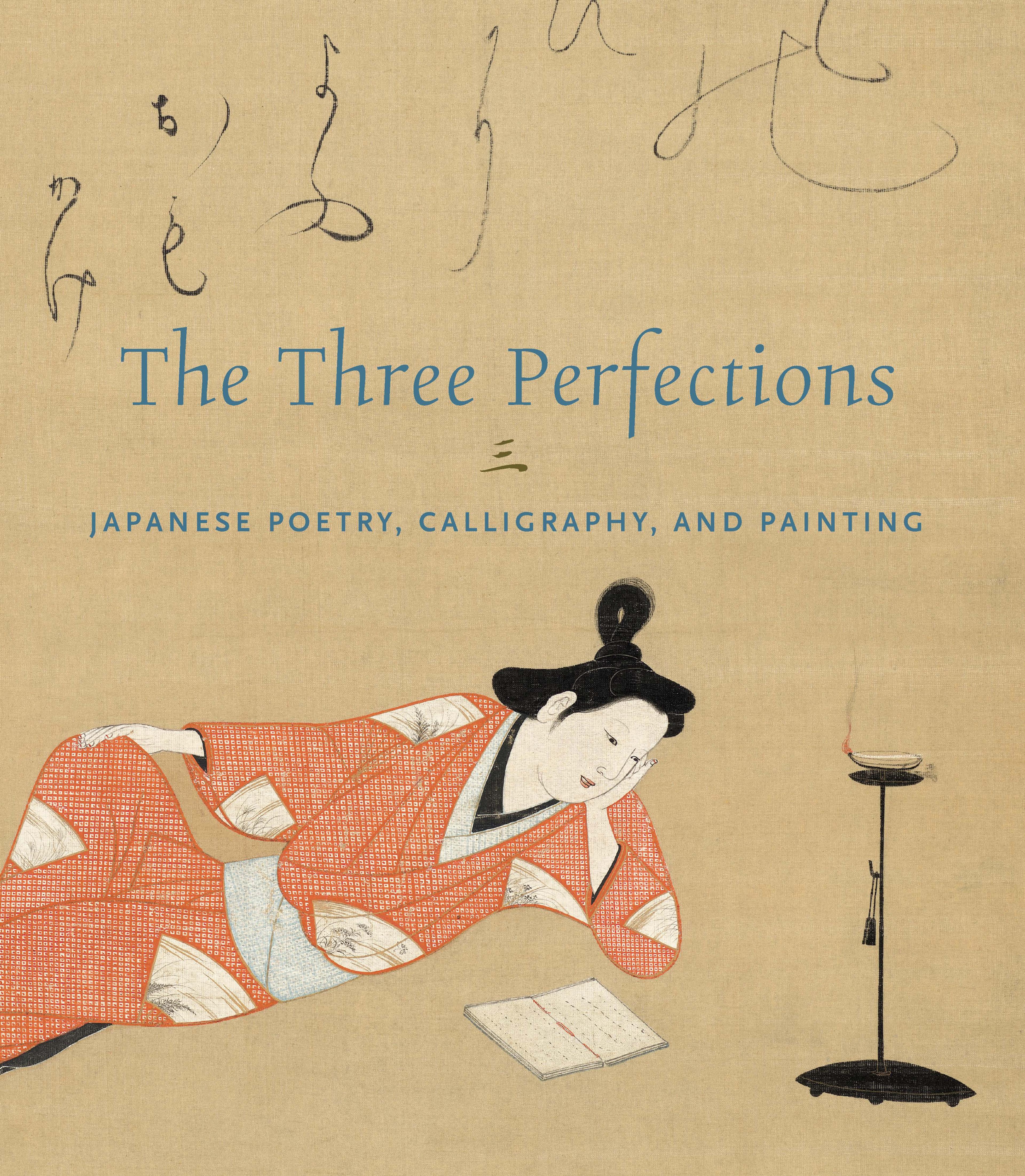Chinese Poem Extolling a Reclusive Lifestyle
Unaffiliated with Zen sects but working in the Zen calligraphy tradition, the Shingon monk Jakugon Taijō achieved recognition as a scholar of Sanskrit and a calligrapher. He is considered one of the great monk-calligraphers of the Edo period, alongside Jiun Onkō and Ryōkan Taigu, also represented in the Cowles Collection.
The inscribed poem, by the Chinese poet Li Panlong (1514–1570), reads:
君去何時歸 山中春草夕
莫将白雲廬 不及紅塵陌
Now that you are leaving,
when might you return
To the spring grasses
in the mountains at dusk?
Do you really believe that a thatched hut
shrouded in white clouds
Does not have more to offer than
the mundane realm of red dust?
The inscribed poem, by the Chinese poet Li Panlong (1514–1570), reads:
君去何時歸 山中春草夕
莫将白雲廬 不及紅塵陌
Now that you are leaving,
when might you return
To the spring grasses
in the mountains at dusk?
Do you really believe that a thatched hut
shrouded in white clouds
Does not have more to offer than
the mundane realm of red dust?
Artwork Details
- 寂厳諦乗筆 李攀竜五言絶句
- Title:Chinese Poem Extolling a Reclusive Lifestyle
- Artist:Jakugon Taijō (Japanese, 1702–1771)
- Period:Edo period (1615–1868)
- Date:mid-18th century
- Culture:Japan
- Medium:Hanging scroll; ink on paper
- Dimensions:Image: 49 7/8 × 21 1/2 in. (126.7 × 54.6 cm)
Overall with mounting: 81 1/4 × 27 1/4 in. (206.4 × 69.2 cm)
Overall with knobs: 81 1/4 × 29 1/2 in. (206.4 × 74.9 cm) - Classification:Calligraphy
- Credit Line:Mary and Cheney Cowles Collection, Gift of Mary and Cheney Cowles, 2020
- Object Number:2020.396.10
- Curatorial Department: Asian Art
More Artwork
Research Resources
The Met provides unparalleled resources for research and welcomes an international community of students and scholars. The Met's Open Access API is where creators and researchers can connect to the The Met collection. Open Access data and public domain images are available for unrestricted commercial and noncommercial use without permission or fee.
To request images under copyright and other restrictions, please use this Image Request form.
Feedback
We continue to research and examine historical and cultural context for objects in The Met collection. If you have comments or questions about this object record, please contact us using the form below. The Museum looks forward to receiving your comments.
